Gallery
Image Type
Morphological Structure
Clades
Phytophthora spp. in subclade 7c: portion of the seven-loci ML phylogeny featuring the type cultures of 212 described species (by T. Bourret). Notice the position of P. cinnamomi Ex-type CBS 144.22 (A2) Ex-isotype = S&T BL 12. Gloria Abad, USDA S&T.
Phytophthora spp. in subclade 7c: Morphological Tabular key (PDF) and Tabular key legends (PDF) in IDphy2 KEY SECTION. Notice the data of P. cinnamomi Ex-type CBS 144.22 (A2) Ex-isotype = S&T BL 12. Gloria Abad, USDA S&T.
 Phytophthora cinnamomi (CPHST BL 12) colonies of the ex-type grown for 7 days on (a) V8reg; Agar, (b) potato dextrose agar, and (c) malt extract agar; photo by Clinton Greub, Krysta Jennings, and Leandra Knight, USDA-APHIS-PPQ
Phytophthora cinnamomi (CPHST BL 12) colonies of the ex-type grown for 7 days on (a) V8reg; Agar, (b) potato dextrose agar, and (c) malt extract agar; photo by Clinton Greub, Krysta Jennings, and Leandra Knight, USDA-APHIS-PPQ
Phytophthora cinnamomi (CPHST BL 12) colonies of the ex-type grown for 7 days on (a) V8® Agar, (b) potato dextrose agar, and (c) malt extract agar; photo by Clinton Greub, Krysta Jennings, and Leandra Knight, USDA-APHIS-PPQ
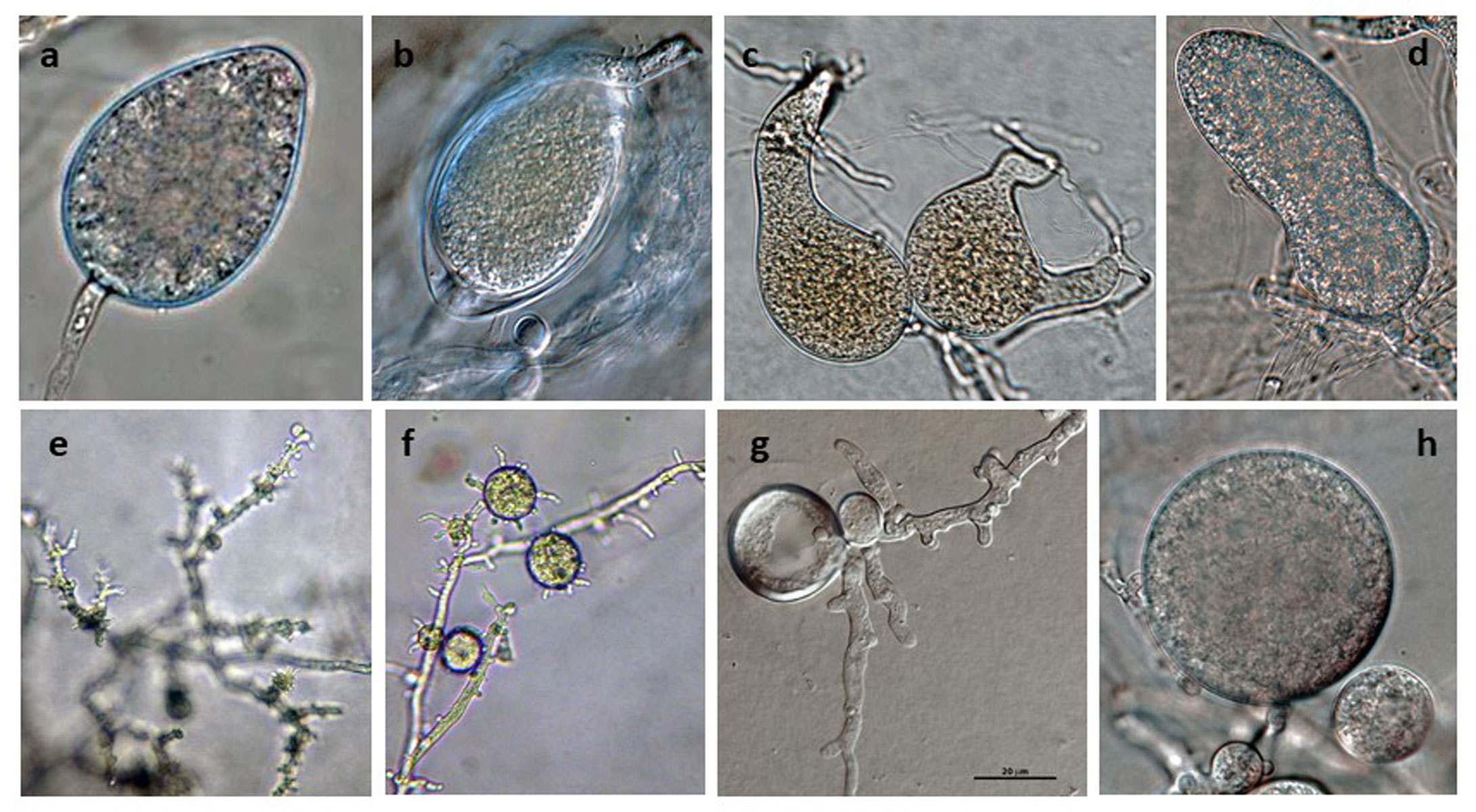 Phytophthora cinnamomi selected specimen P6490 asexual phase (a-h): (a-d) different shapes of persistent sporangia, (e) typical coralloid mycelia, (f, g) hyphal swellings, (h) chlamydospore and hyphal swellings; photos by Gloria Abad, USDA-APHIS-PPQ.
Phytophthora cinnamomi selected specimen P6490 asexual phase (a-h): (a-d) different shapes of persistent sporangia, (e) typical coralloid mycelia, (f, g) hyphal swellings, (h) chlamydospore and hyphal swellings; photos by Gloria Abad, USDA-APHIS-PPQ.
Phytophthora cinnamomi selected specimen P6490 asexual phase (a-h): (a-d) different shapes of persistent sporangia, (e) typical coralloid mycelia, (f, g) hyphal swellings, (h) chlamydospore and hyphal swellings; photos by Gloria Abad, USDA-APHIS-PPQ.
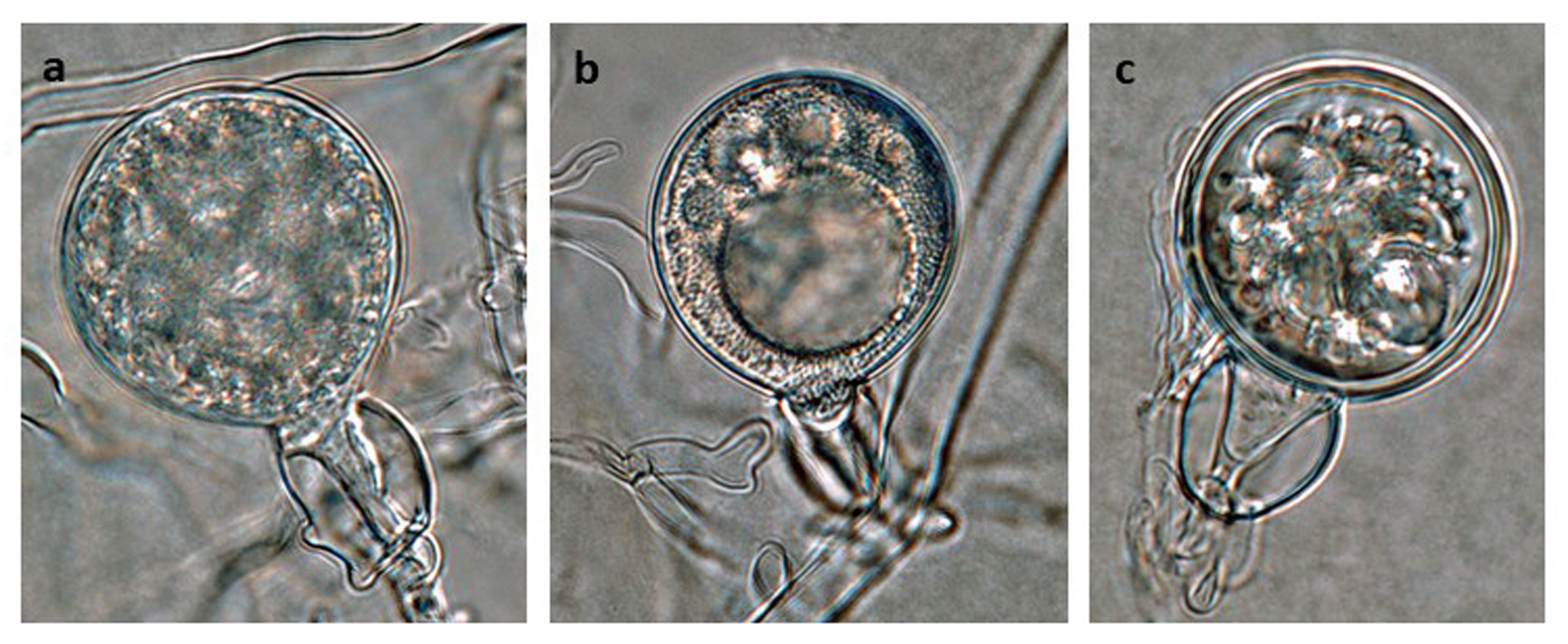 Phytophthora cinnamomi selected specimen P6490 sexual phase (a-c): (a, b) young oogonia with amphigynous antheridia, (c) abortive oogonium; photos by Gloria Abad, USDA-APHIS-PPQ.
Phytophthora cinnamomi selected specimen P6490 sexual phase (a-c): (a, b) young oogonia with amphigynous antheridia, (c) abortive oogonium; photos by Gloria Abad, USDA-APHIS-PPQ.
Phytophthora cinnamomi selected specimen P6490 sexual phase (a-c): (a, b) young oogonia with amphigynous antheridia, (c) abortive oogonium; photos by Gloria Abad, USDA-APHIS-PPQ.
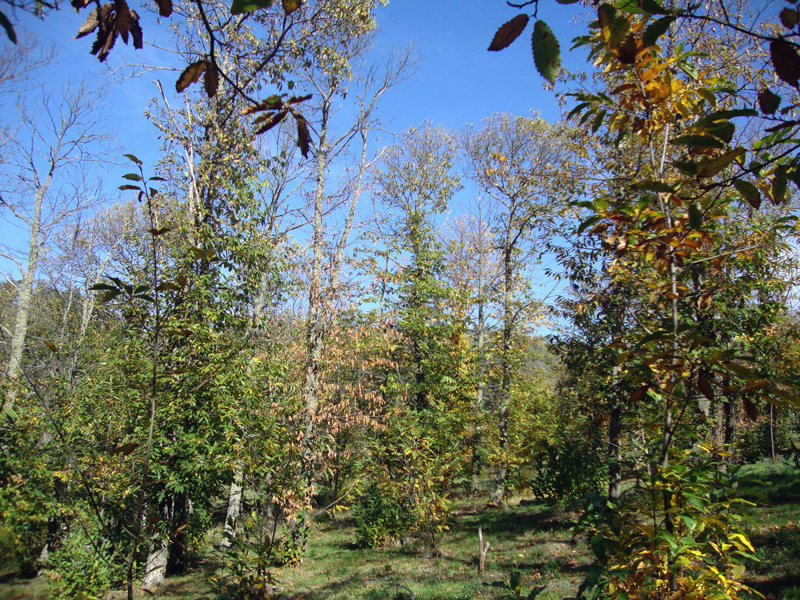 Dieback and mortality of Castanea sativa caused by Phytophthora cinnamomi in Sardinia, Italy; photo by Bruno Scanu and Antonio Franceschini. Universitagrave; degli Studi di Sassari, Italy
Dieback and mortality of Castanea sativa caused by Phytophthora cinnamomi in Sardinia, Italy; photo by Bruno Scanu and Antonio Franceschini. Universitagrave; degli Studi di Sassari, Italy
Dieback and mortality of Castanea sativa caused by Phytophthora cinnamomi in Sardinia, Italy; photo by Bruno Scanu and Antonio Franceschini. Università degli Studi di Sassari, Italy
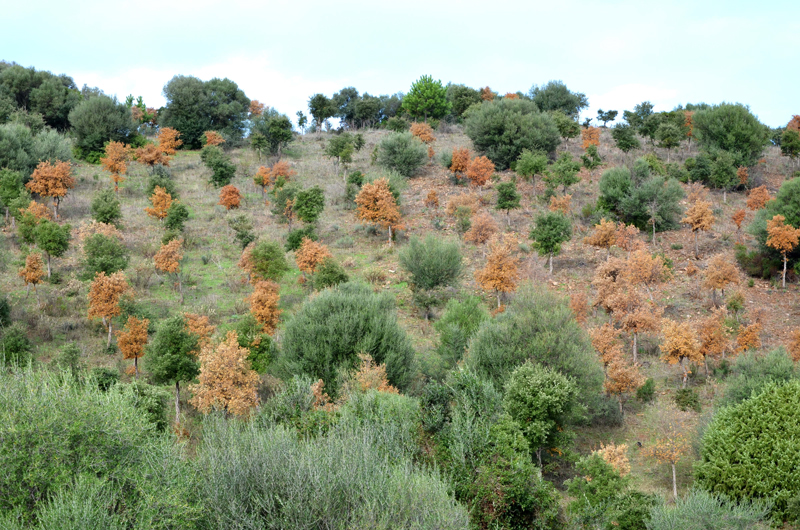 Extensive dieback and mortality of Quercus suber trees caused by Phytophthora cinnamomi in a plantation in Sardinia, Italy; photo by Bruno Scanu and Antonio Franceschini. Universitagrave; degli di Sassari, Italy
Extensive dieback and mortality of Quercus suber trees caused by Phytophthora cinnamomi in a plantation in Sardinia, Italy; photo by Bruno Scanu and Antonio Franceschini. Universitagrave; degli di Sassari, Italy
Extensive dieback and mortality of Quercus suber trees caused by Phytophthora cinnamomi in a plantation in Sardinia, Italy; photo by Bruno Scanu and Antonio Franceschini. Università degli di Sassari, Italy
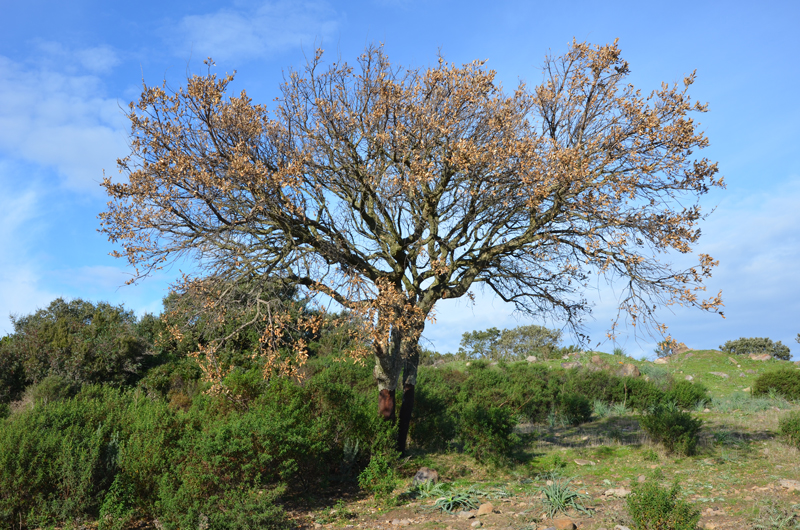 Sudden wilting and dieback of a mature Quercus suber tree caused by Phytophthora cinnamomi in Sardinia, Italy; photo by Bruno Scanu and Antonio Franceschini. Universitagrave; degli Studi di Sassari, Italy
Sudden wilting and dieback of a mature Quercus suber tree caused by Phytophthora cinnamomi in Sardinia, Italy; photo by Bruno Scanu and Antonio Franceschini. Universitagrave; degli Studi di Sassari, Italy
Sudden wilting and dieback of a mature Quercus suber tree caused by Phytophthora cinnamomi in Sardinia, Italy; photo by Bruno Scanu and Antonio Franceschini. Università degli Studi di Sassari, Italy
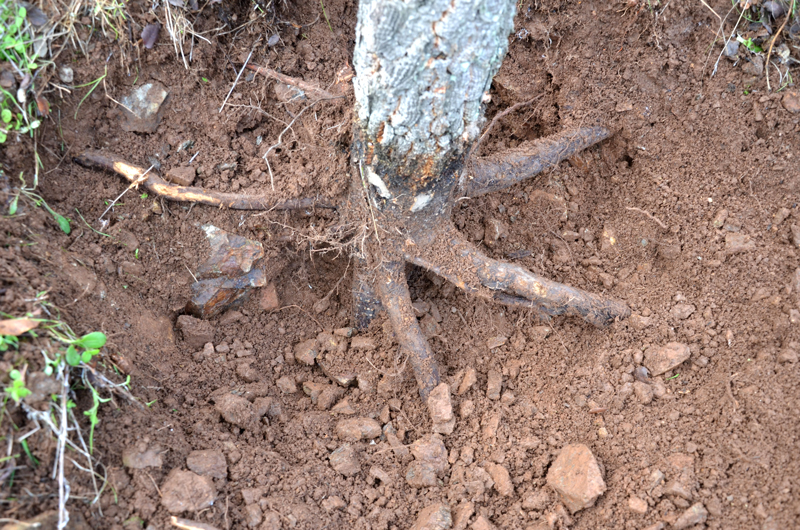 Girdling collar rot lesion and extensive losses of lateral and fine roots caused by Phytophthora cinnamomi on Quercus suber in Sardinia, Italy; photo by Bruno Scanu and Antonio Franceschini. Universitagrave; degli Studi di Sassari, Italy
Girdling collar rot lesion and extensive losses of lateral and fine roots caused by Phytophthora cinnamomi on Quercus suber in Sardinia, Italy; photo by Bruno Scanu and Antonio Franceschini. Universitagrave; degli Studi di Sassari, Italy
Girdling collar rot lesion and extensive losses of lateral and fine roots caused by Phytophthora cinnamomi on Quercus suber in Sardinia, Italy; photo by Bruno Scanu and Antonio Franceschini. Università degli Studi di Sassari, Italy
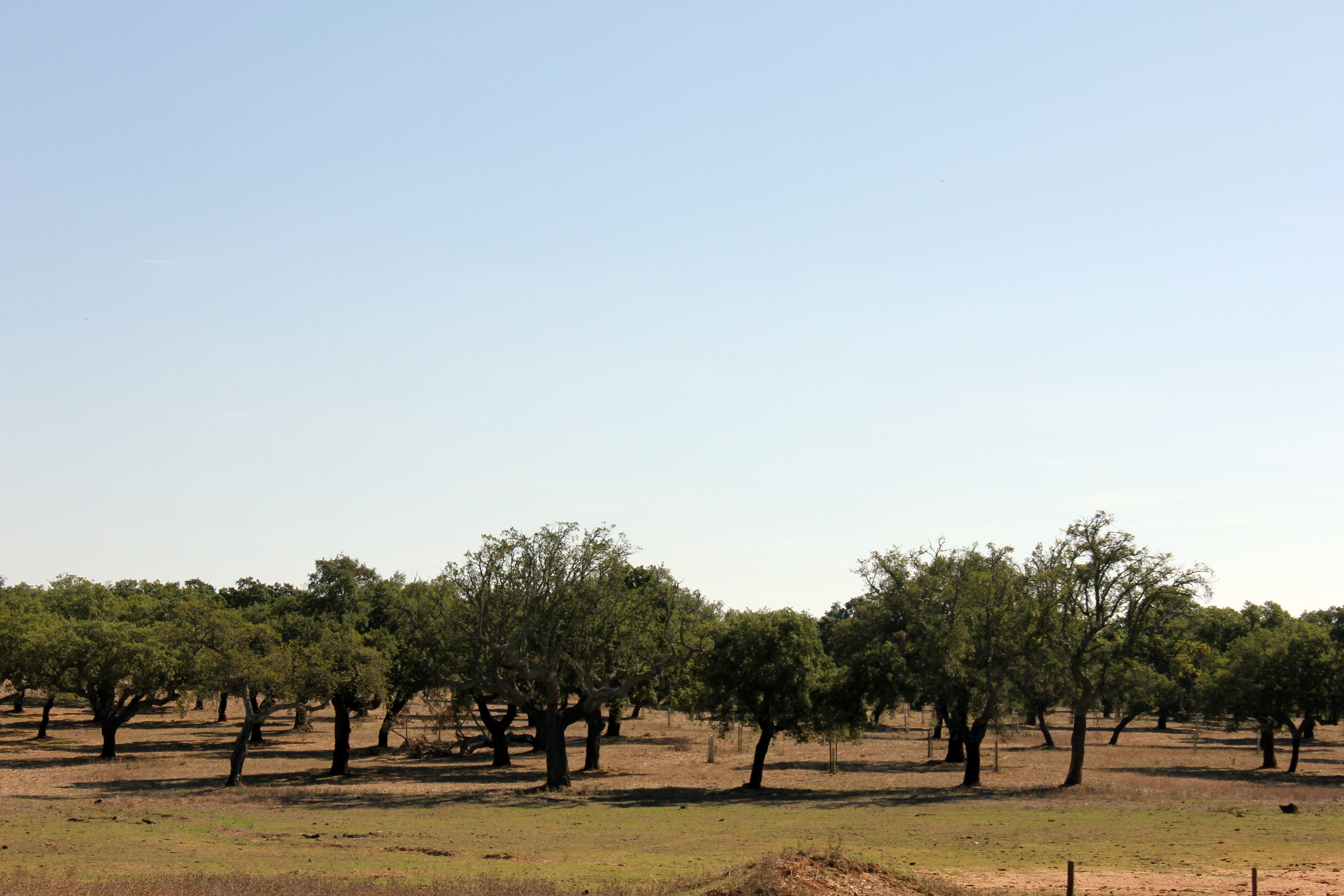 Quercus suber (cork oak) declining symptoms caused by Phytophthora cinnamomi in Alentejo region, Portugal; photo by Alfredo Cravador and Dina Neves, Universidade do Algarve-FCT, Portugal
Quercus suber (cork oak) declining symptoms caused by Phytophthora cinnamomi in Alentejo region, Portugal; photo by Alfredo Cravador and Dina Neves, Universidade do Algarve-FCT, Portugal
Quercus suber (cork oak) declining symptoms caused by Phytophthora cinnamomi in Alentejo region, Portugal; photo by Alfredo Cravador and Dina Neves, Universidade do Algarve-FCT, Portugal
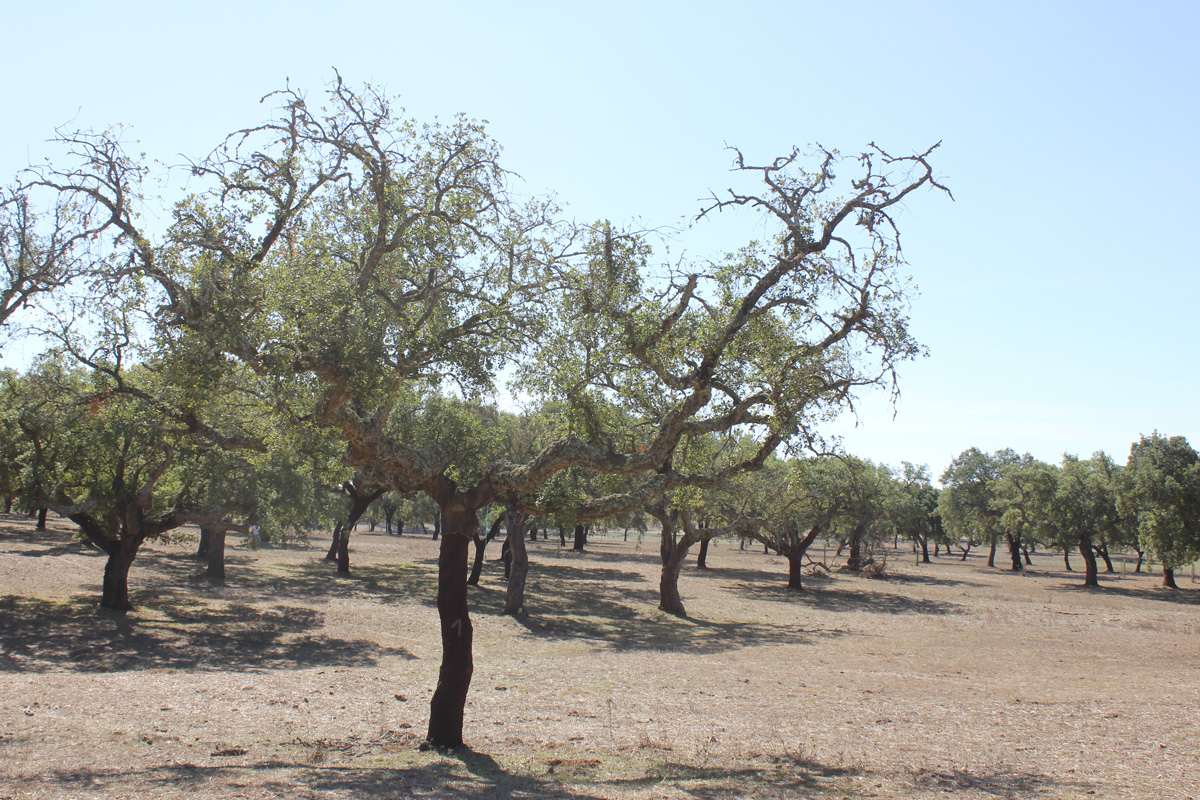 Quercus suber (cork oak) declining symptoms caused by Phytophthora cinnamomi in Alentejo region, Portugal; photo by Alfredo Cravador and Dina Neves, Universidade do Algarve-FCT, Portugal
Quercus suber (cork oak) declining symptoms caused by Phytophthora cinnamomi in Alentejo region, Portugal; photo by Alfredo Cravador and Dina Neves, Universidade do Algarve-FCT, Portugal
Quercus suber (cork oak) declining symptoms caused by Phytophthora cinnamomi in Alentejo region, Portugal; photo by Alfredo Cravador and Dina Neves, Universidade do Algarve-FCT, Portugal
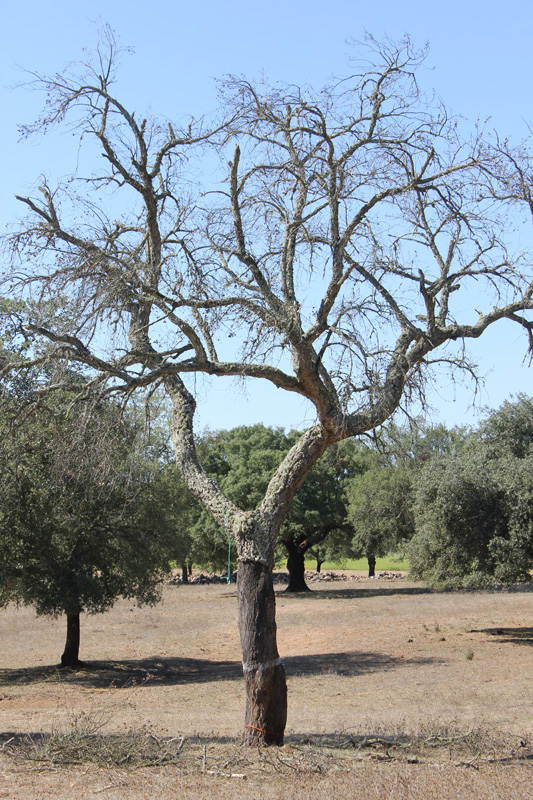 Quercus suber (cork oak) declining symptoms caused by Phytophthora cinnamomi in Alentejo region, Portugal; photo by Alfredo Cravador and Dina Neves, Universidade do Algarve-FCT, Portugal
Quercus suber (cork oak) declining symptoms caused by Phytophthora cinnamomi in Alentejo region, Portugal; photo by Alfredo Cravador and Dina Neves, Universidade do Algarve-FCT, Portugal
Quercus suber (cork oak) declining symptoms caused by Phytophthora cinnamomi in Alentejo region, Portugal; photo by Alfredo Cravador and Dina Neves, Universidade do Algarve-FCT, Portugal
 Heart rot of pineapple ( Ananas comosus ) caused by Phytophthora cinnamomi ; photo by Scot Nelson, University of Hawaii at Manoa
Heart rot of pineapple ( Ananas comosus ) caused by Phytophthora cinnamomi ; photo by Scot Nelson, University of Hawaii at Manoa
Heart rot of pineapple (Ananas comosus) caused by Phytophthora cinnamomi; photo by Scot Nelson, University of Hawaii at Manoa
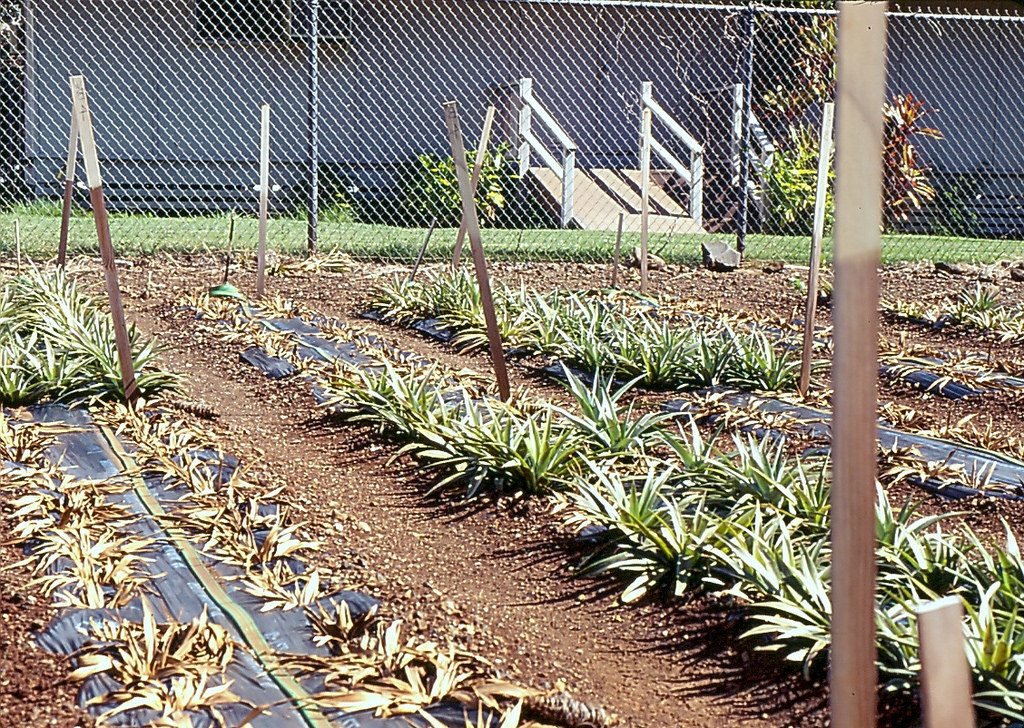 Root rot of pineapple ( Ananas comosus ) caused by Phytophthora cinnamomi ; photo by Scot Nelson, University of Hawaii at Manoa
Root rot of pineapple ( Ananas comosus ) caused by Phytophthora cinnamomi ; photo by Scot Nelson, University of Hawaii at Manoa
Root rot of pineapple (Ananas comosus) caused by Phytophthora cinnamomi; photo by Scot Nelson, University of Hawaii at Manoa
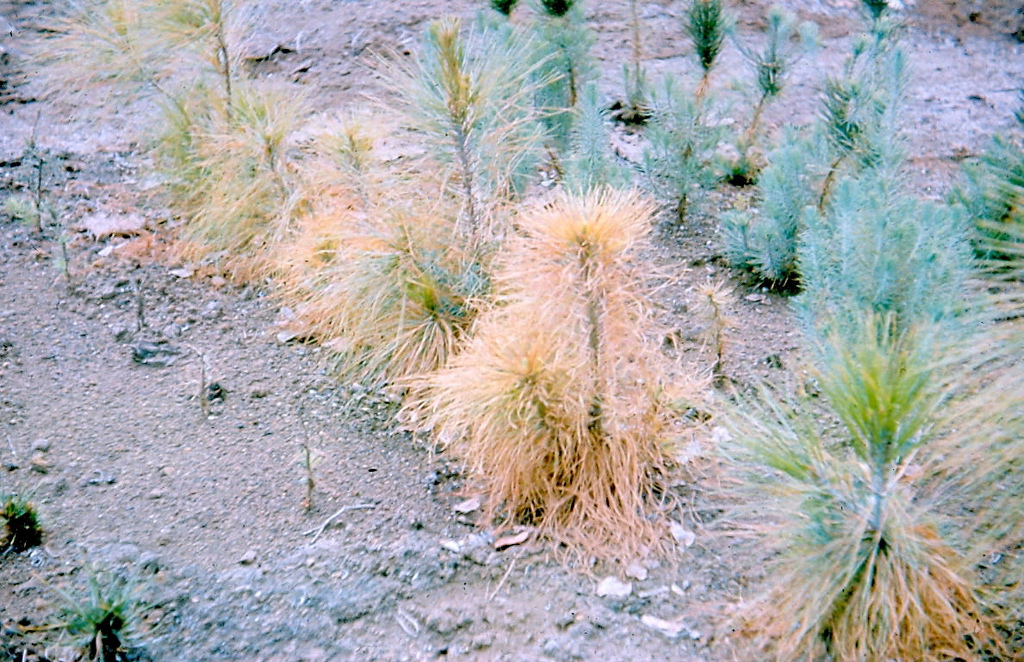 Pine root rot caused by Phytophthora cinnamomi (1961); photo by Eduardo Trujillo, courtesy of Scot Nelson, University of Hawaii at Manoa
Pine root rot caused by Phytophthora cinnamomi (1961); photo by Eduardo Trujillo, courtesy of Scot Nelson, University of Hawaii at Manoa
Pine root rot caused by Phytophthora cinnamomi (1961); photo by Eduardo Trujillo, courtesy of Scot Nelson, University of Hawaii at Manoa
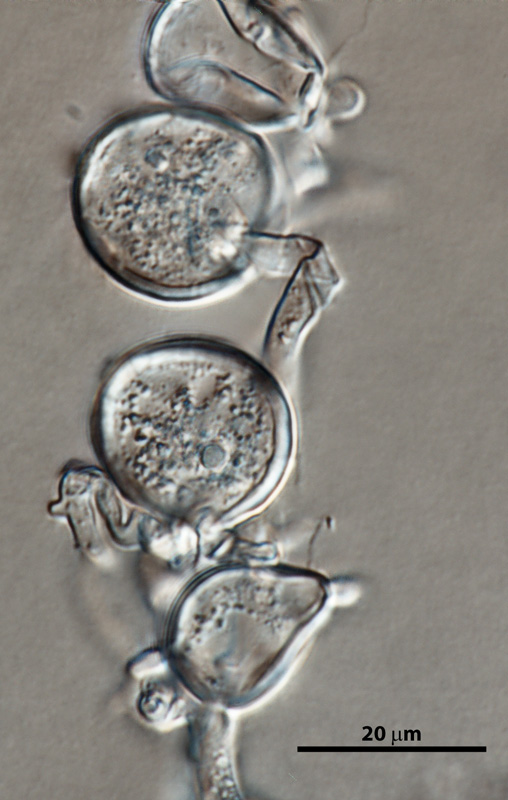 Phytophthora cinnamomi nbsp;selected specimen P6490 asexual phase: different shapes of persistent sporangia and typical coralloid mycelia;nbsp;photo by Gloria Abad, USDA-APHIS-PPQ.
Phytophthora cinnamomi nbsp;selected specimen P6490 asexual phase: different shapes of persistent sporangia and typical coralloid mycelia;nbsp;photo by Gloria Abad, USDA-APHIS-PPQ.
Phytophthora cinnamomi selected specimen P6490 asexual phase: different shapes of persistent sporangia and typical coralloid mycelia; photo by Gloria Abad, USDA-APHIS-PPQ.
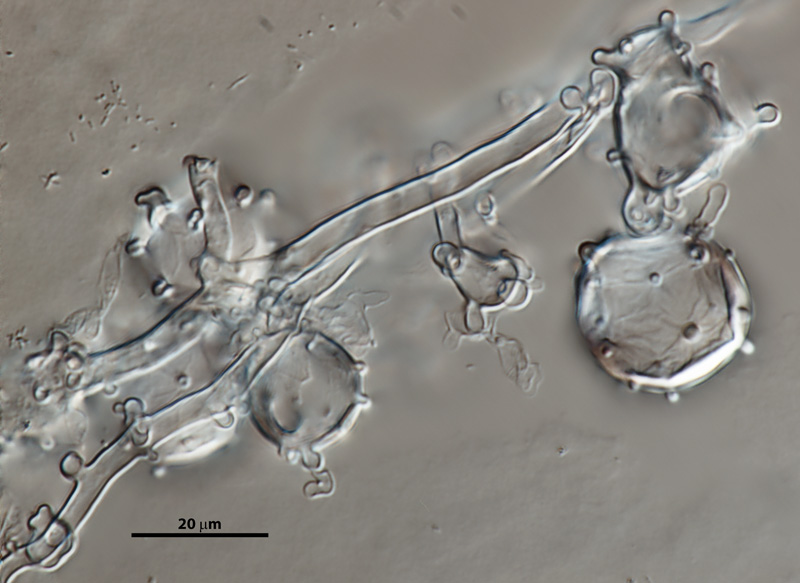 Phytophthora cinnamomi nbsp;selected specimen P6490 asexual phase: botryosenbsp;hyphal swellings; photo by Gloria Abad, USDA-APHIS-PPQ.
Phytophthora cinnamomi nbsp;selected specimen P6490 asexual phase: botryosenbsp;hyphal swellings; photo by Gloria Abad, USDA-APHIS-PPQ.
Phytophthora cinnamomi selected specimen P6490 asexual phase: botryose hyphal swellings; photo by Gloria Abad, USDA-APHIS-PPQ.
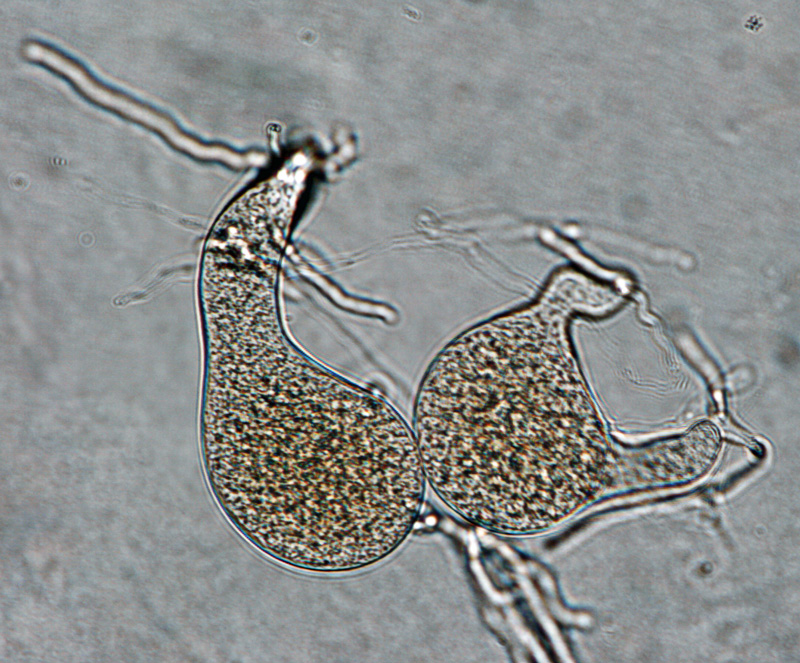 Phytophthora cinnamomi nbsp;selected specimen P6490 asexual phase: irregular shaped sporangia; photo by Gloria Abad, USDA-APHIS-PPQ.
Phytophthora cinnamomi nbsp;selected specimen P6490 asexual phase: irregular shaped sporangia; photo by Gloria Abad, USDA-APHIS-PPQ.
Phytophthora cinnamomi selected specimen P6490 asexual phase: irregular shaped sporangia; photo by Gloria Abad, USDA-APHIS-PPQ.
 Phytophthora cinnamomi nbsp;selected specimen P6490 asexual phase: typical coralloid mycelia; photo by Gloria Abad, USDA-APHIS-PPQ.
Phytophthora cinnamomi nbsp;selected specimen P6490 asexual phase: typical coralloid mycelia; photo by Gloria Abad, USDA-APHIS-PPQ.
Phytophthora cinnamomi selected specimen P6490 asexual phase: typical coralloid mycelia; photo by Gloria Abad, USDA-APHIS-PPQ.
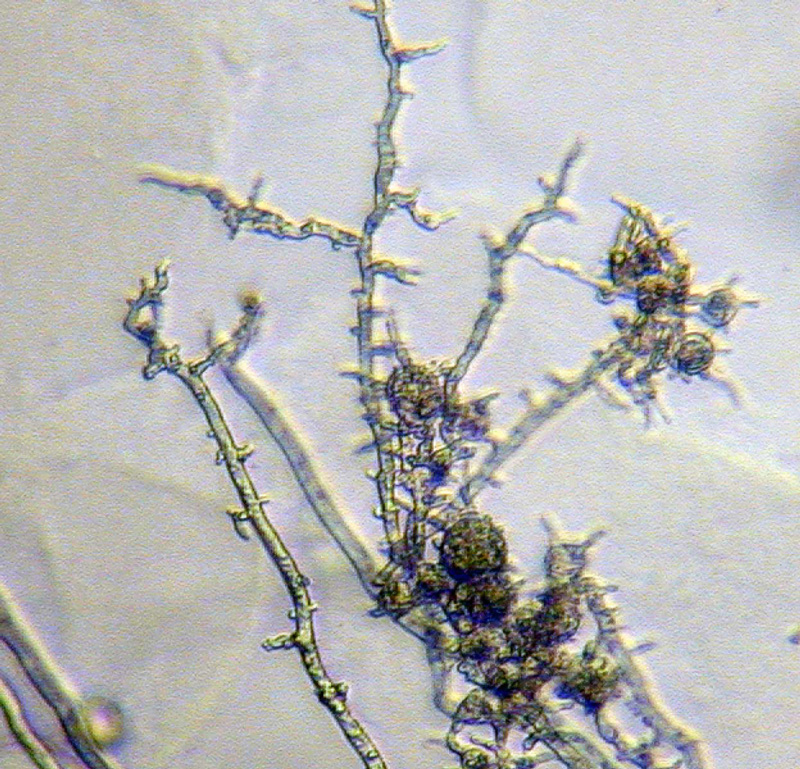 Phytophthora cinnamomi nbsp;asexual phase: typical coralloid mycelia and botryosenbsp; hyphal swellings; photonbsp;by Gloria Abad, USDA-APHIS-PPQ.
Phytophthora cinnamomi nbsp;asexual phase: typical coralloid mycelia and botryosenbsp; hyphal swellings; photonbsp;by Gloria Abad, USDA-APHIS-PPQ.
Phytophthora cinnamomi asexual phase: typical coralloid mycelia and botryose hyphal swellings; photo by Gloria Abad, USDA-APHIS-PPQ.
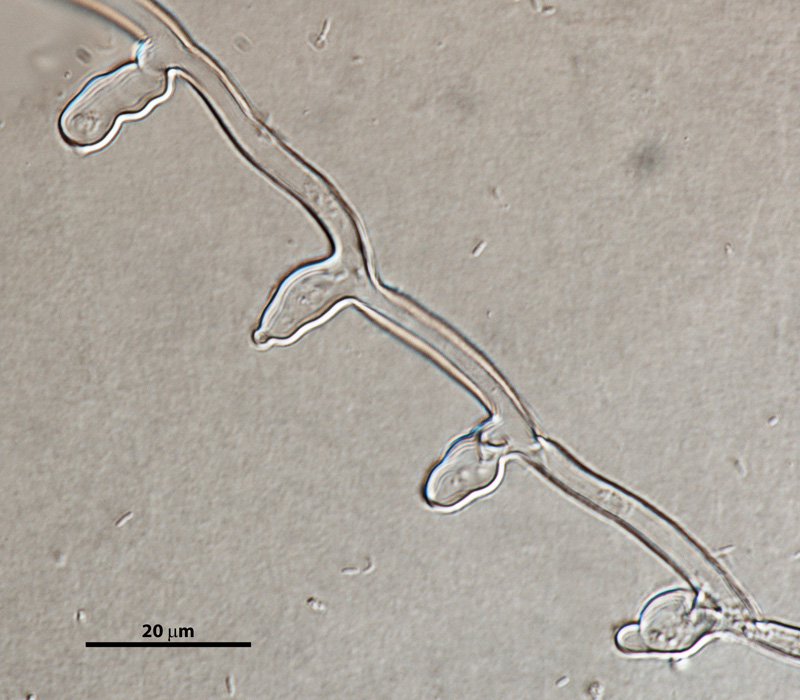 Phytophthora cinnamomi nbsp;selected specimen P6490 asexual phase: coralloid mycelia; photo by Gloria Abad, USDA-APHIS-PPQ.
Phytophthora cinnamomi nbsp;selected specimen P6490 asexual phase: coralloid mycelia; photo by Gloria Abad, USDA-APHIS-PPQ.
Phytophthora cinnamomi selected specimen P6490 asexual phase: coralloid mycelia; photo by Gloria Abad, USDA-APHIS-PPQ.
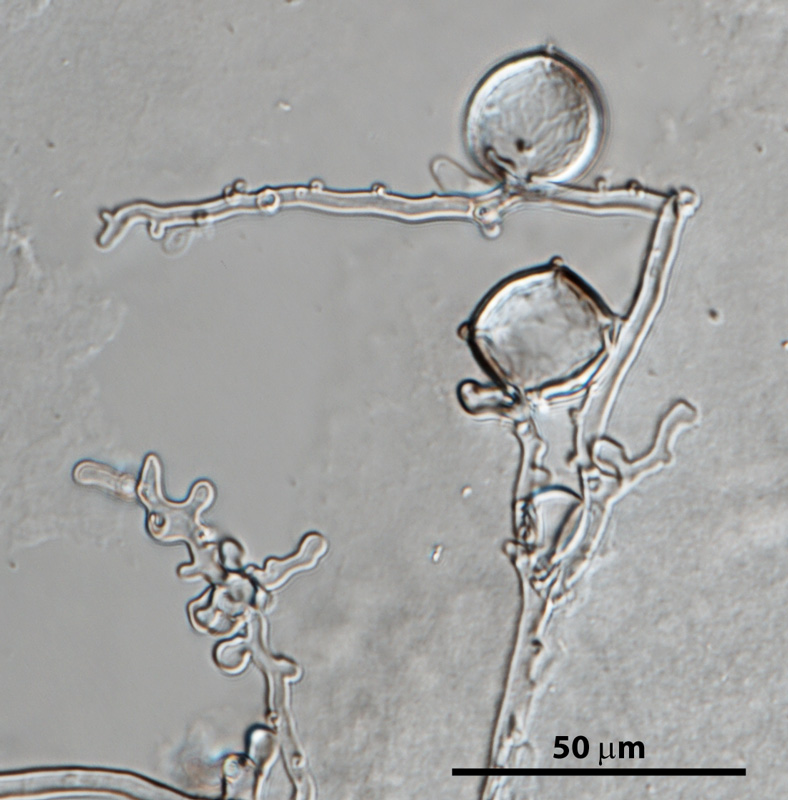 Phytophthora cinnamomi nbsp;selected specimen P6490 asexual phase: hyphal swellings and typical coralloid mycelia; photo by Gloria Abad, USDA-APHIS-PPQ.
Phytophthora cinnamomi nbsp;selected specimen P6490 asexual phase: hyphal swellings and typical coralloid mycelia; photo by Gloria Abad, USDA-APHIS-PPQ.
Phytophthora cinnamomi selected specimen P6490 asexual phase: hyphal swellings and typical coralloid mycelia; photo by Gloria Abad, USDA-APHIS-PPQ.
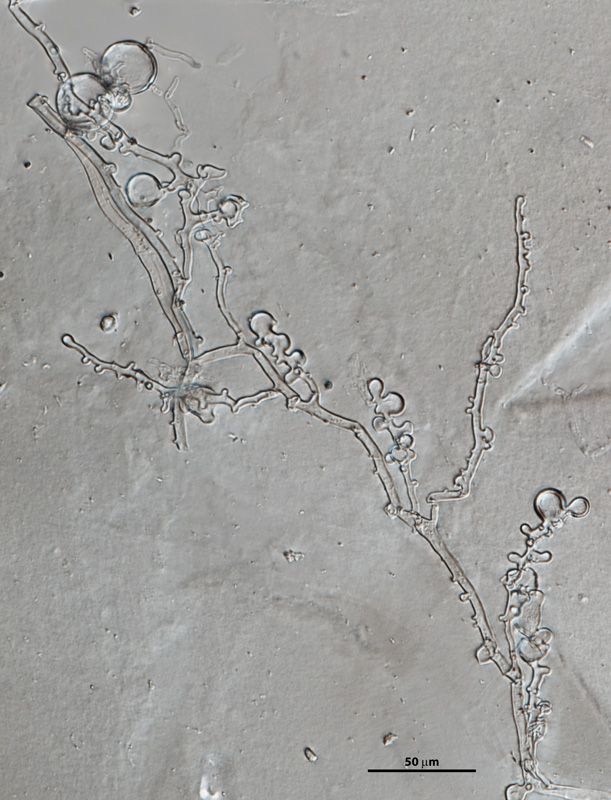 Phytophthora cinnamomi nbsp;selected specimen P6490 asexual phase: hyphal swellings and typical coralloid mycelia; photo by Gloria Abad, USDA-APHIS-PPQ.
Phytophthora cinnamomi nbsp;selected specimen P6490 asexual phase: hyphal swellings and typical coralloid mycelia; photo by Gloria Abad, USDA-APHIS-PPQ.
Phytophthora cinnamomi selected specimen P6490 asexual phase: hyphal swellings and typical coralloid mycelia; photo by Gloria Abad, USDA-APHIS-PPQ.
 Phytophthora cinnamomi nbsp;selected specimen P6490 asexual phase: hyphal swellings and typical coralloid mycelia; photo by Gloria Abad, USDA-APHIS-PPQ.
Phytophthora cinnamomi nbsp;selected specimen P6490 asexual phase: hyphal swellings and typical coralloid mycelia; photo by Gloria Abad, USDA-APHIS-PPQ.
Phytophthora cinnamomi selected specimen P6490 asexual phase: hyphal swellings and typical coralloid mycelia; photo by Gloria Abad, USDA-APHIS-PPQ.
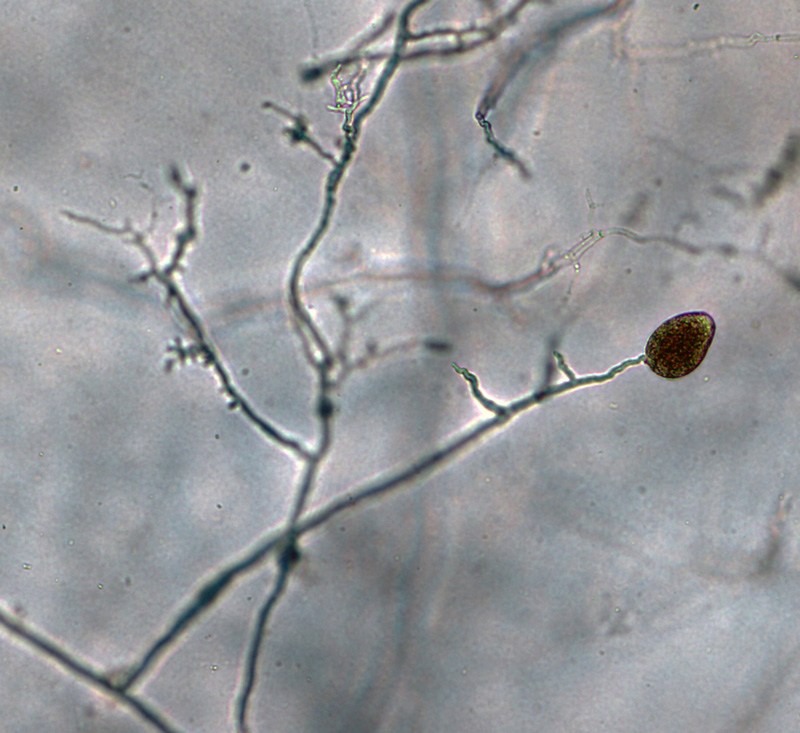 Phytophthora cinnamomi nbsp;selected specimen P6490 asexual phase: nonpapillate sporangia borne on simple sympodial sporangiophore; photo by Gloria Abad, USDA-APHIS-PPQ.
Phytophthora cinnamomi nbsp;selected specimen P6490 asexual phase: nonpapillate sporangia borne on simple sympodial sporangiophore; photo by Gloria Abad, USDA-APHIS-PPQ.
Phytophthora cinnamomi selected specimen P6490 asexual phase: nonpapillate sporangia borne on simple sympodial sporangiophore; photo by Gloria Abad, USDA-APHIS-PPQ.
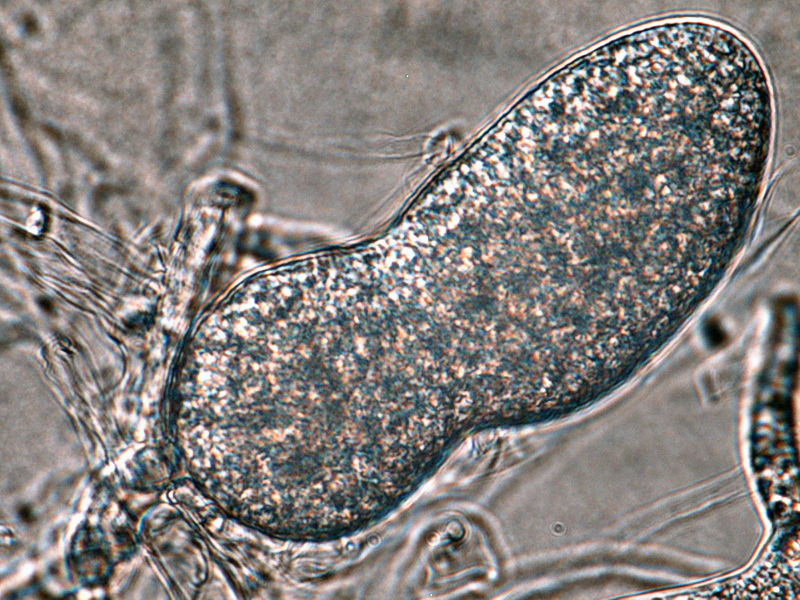 Phytophthora cinnamomi nbsp;selected specimen P6490 asexual phase: nonpapillate sporangium; photo by Gloria Abad, USDA-APHIS-PPQ.
Phytophthora cinnamomi nbsp;selected specimen P6490 asexual phase: nonpapillate sporangium; photo by Gloria Abad, USDA-APHIS-PPQ.
Phytophthora cinnamomi selected specimen P6490 asexual phase: nonpapillate sporangium; photo by Gloria Abad, USDA-APHIS-PPQ.
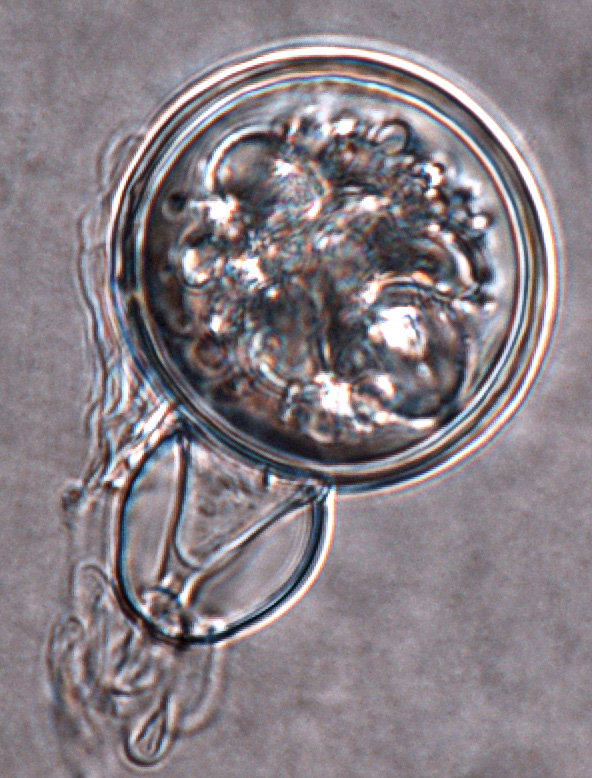 Phytophthora cinnamominbsp; selected specimen P6490 sexual phase: abortive oogonium; photonbsp;by Gloria Abad, USDA-APHIS-PPQ.
Phytophthora cinnamominbsp; selected specimen P6490 sexual phase: abortive oogonium; photonbsp;by Gloria Abad, USDA-APHIS-PPQ.
Phytophthora cinnamomi selected specimen P6490 sexual phase: abortive oogonium; photo by Gloria Abad, USDA-APHIS-PPQ.
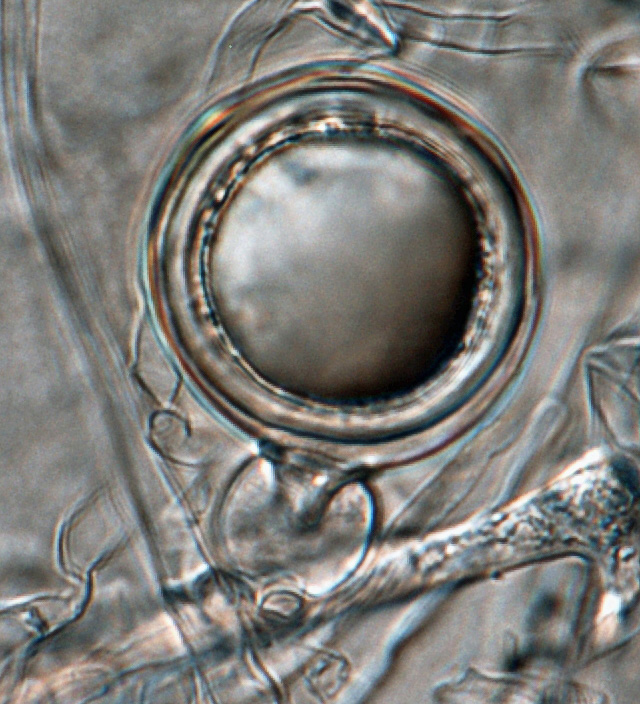 Phytophthora cinnamomi nbsp;sexual phase: young oogonium with amphigynous antheridium; photo by Gloria Abad, USDA-APHIS-PPQ.
Phytophthora cinnamomi nbsp;sexual phase: young oogonium with amphigynous antheridium; photo by Gloria Abad, USDA-APHIS-PPQ.
Phytophthora cinnamomi sexual phase: young oogonium with amphigynous antheridium; photo by Gloria Abad, USDA-APHIS-PPQ.
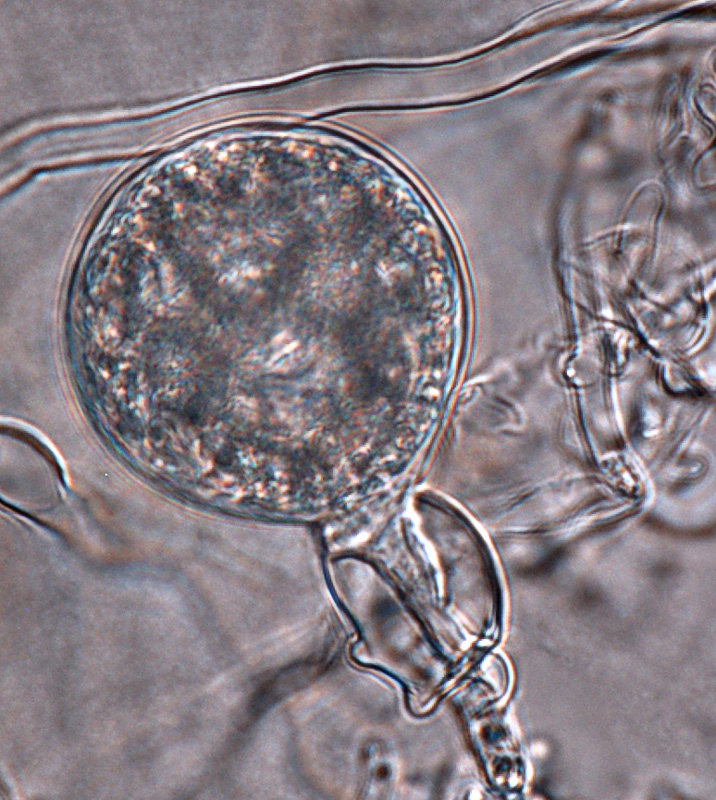 Phytophthora cinnamomi selected specimen P6490 sexual phase: young oogonium with amphigynous antheridium; photo by Gloria Abad, USDA-APHIS-PPQ.
Phytophthora cinnamomi selected specimen P6490 sexual phase: young oogonium with amphigynous antheridium; photo by Gloria Abad, USDA-APHIS-PPQ.
Phytophthora cinnamomi selected specimen P6490 sexual phase: young oogonium with amphigynous antheridium; photo by Gloria Abad, USDA-APHIS-PPQ.
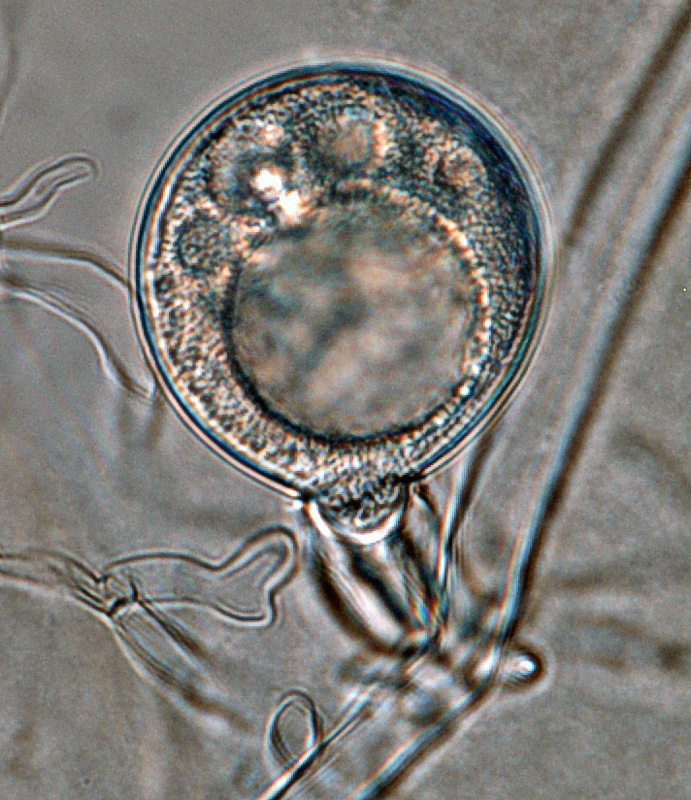 Phytophthora cinnamomi selected specimen P6490 sexual phase: young oogonium with amphigynous antheridium; photo by Gloria Abad, USDA-APHIS-PPQ.
Phytophthora cinnamomi selected specimen P6490 sexual phase: young oogonium with amphigynous antheridium; photo by Gloria Abad, USDA-APHIS-PPQ.
Phytophthora cinnamomi selected specimen P6490 sexual phase: young oogonium with amphigynous antheridium; photo by Gloria Abad, USDA-APHIS-PPQ.
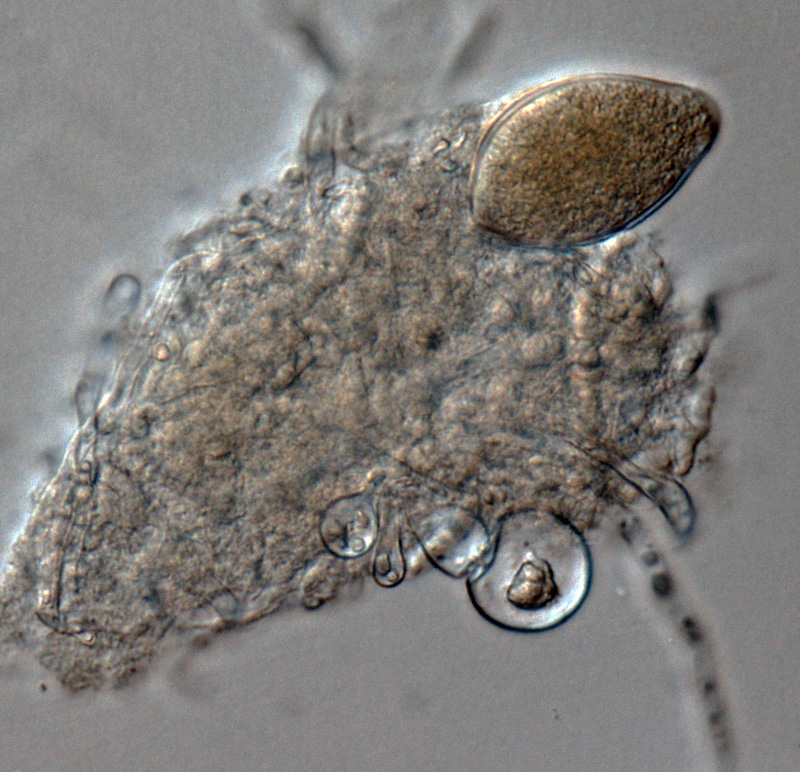 Phytophthora cinnamomi selected specimen P6490 asexual phase: nonpapillate sporangium; photo by Gloria Abad, USDA-APHIS-PPQ.
Phytophthora cinnamomi selected specimen P6490 asexual phase: nonpapillate sporangium; photo by Gloria Abad, USDA-APHIS-PPQ.
Phytophthora cinnamomi selected specimen P6490 asexual phase: nonpapillate sporangium; photo by Gloria Abad, USDA-APHIS-PPQ.
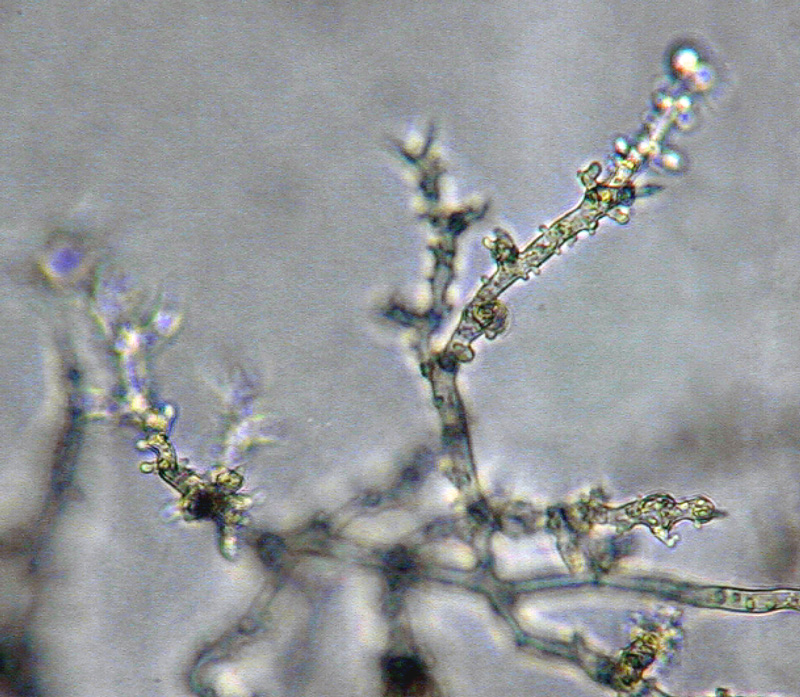 Phytophthora cinnamomi nbsp;selected specimen P6490 asexual phase:nbsp;typical coralloid mycelia; photonbsp;by Gloria Abad, USDA-APHIS-PPQ.
Phytophthora cinnamomi nbsp;selected specimen P6490 asexual phase:nbsp;typical coralloid mycelia; photonbsp;by Gloria Abad, USDA-APHIS-PPQ.
Phytophthora cinnamomi selected specimen P6490 asexual phase: typical coralloid mycelia; photo by Gloria Abad, USDA-APHIS-PPQ.

